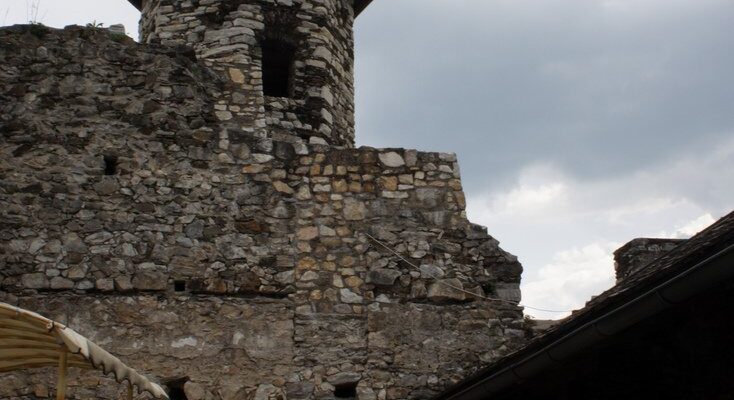Burg Landskron Castle
Landskron is a castle in Austria, located on the Felskegel Plateau, within the city limits of Fillach, 135 meters above sea level. It is an ancient castle that has outlived many owners. Since 1812, the majestic ruins of Landskron have stood in disrepair and serve only as a lookout point. From the castle walls you can see the lakes of Carinthia, the Drau Valley, the town of Fillach and, in good weather, the Slovenian Alps. The romantic Landskron Castle ranks among the most beautiful sights in Austria.
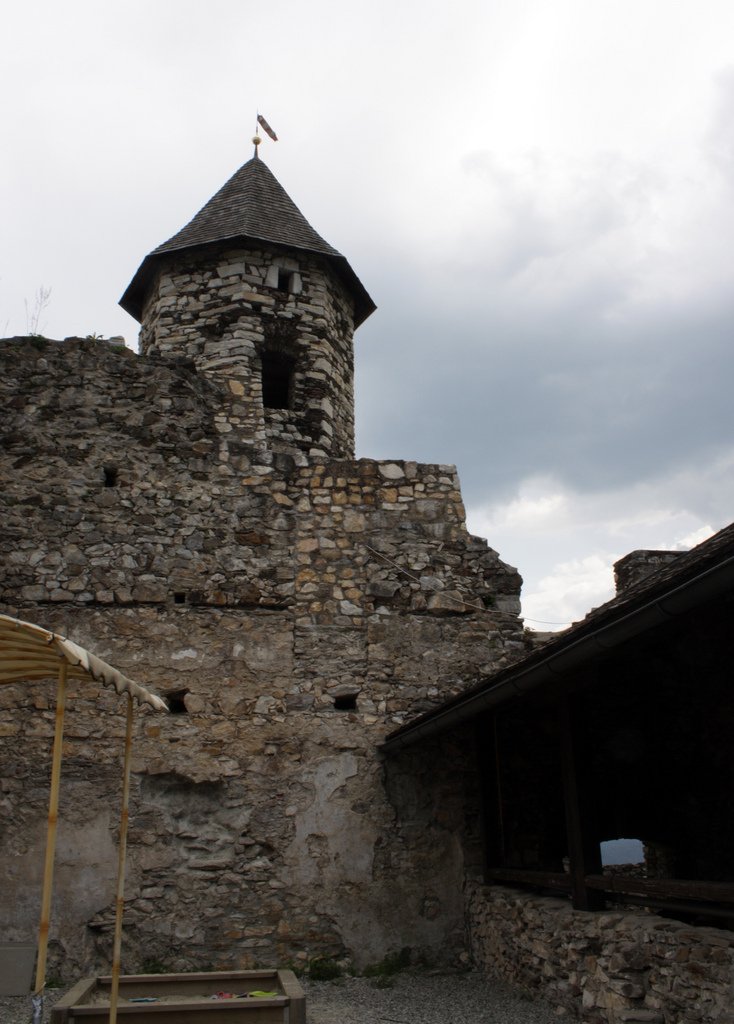
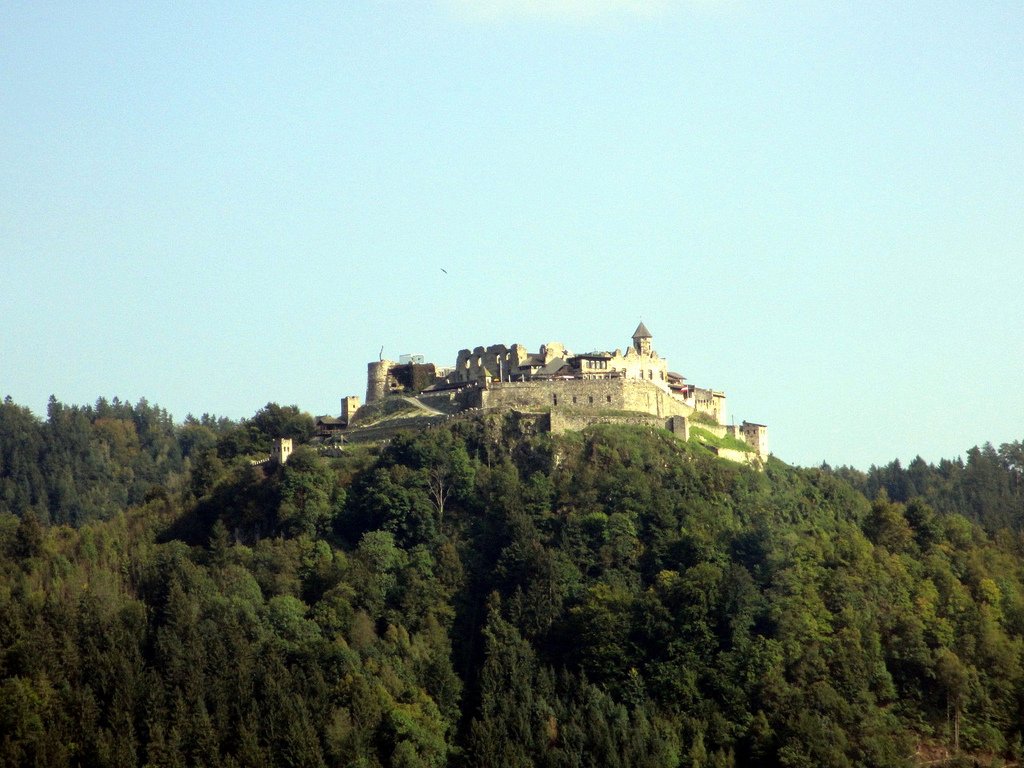
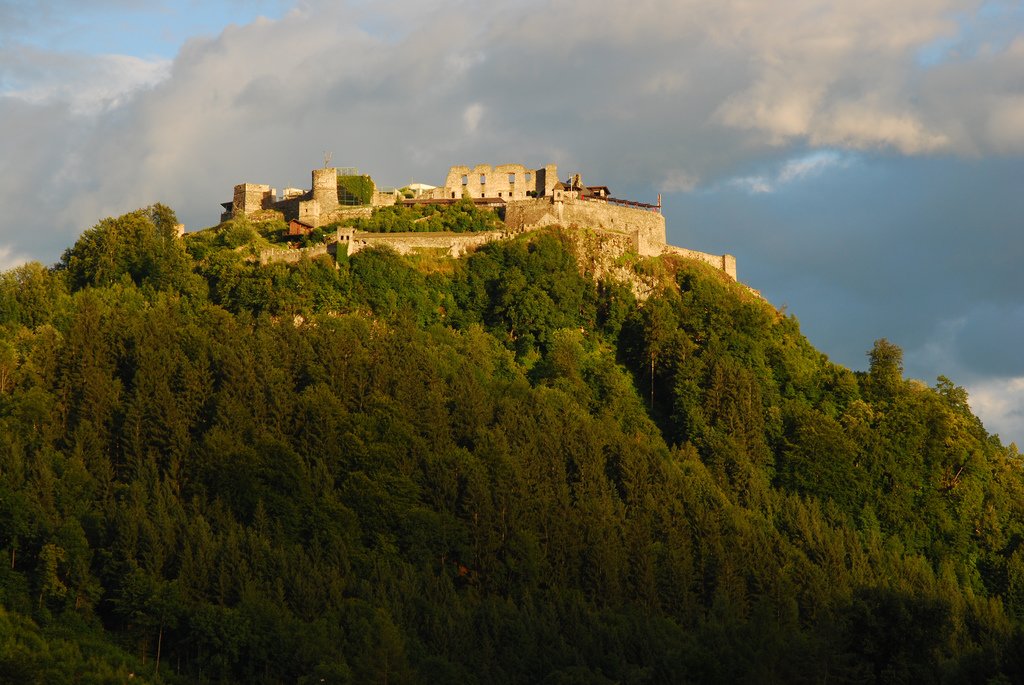
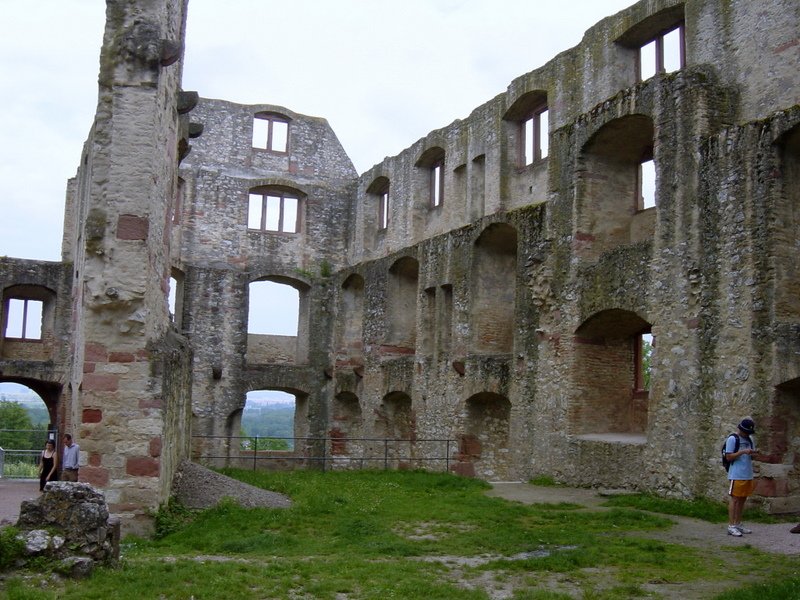
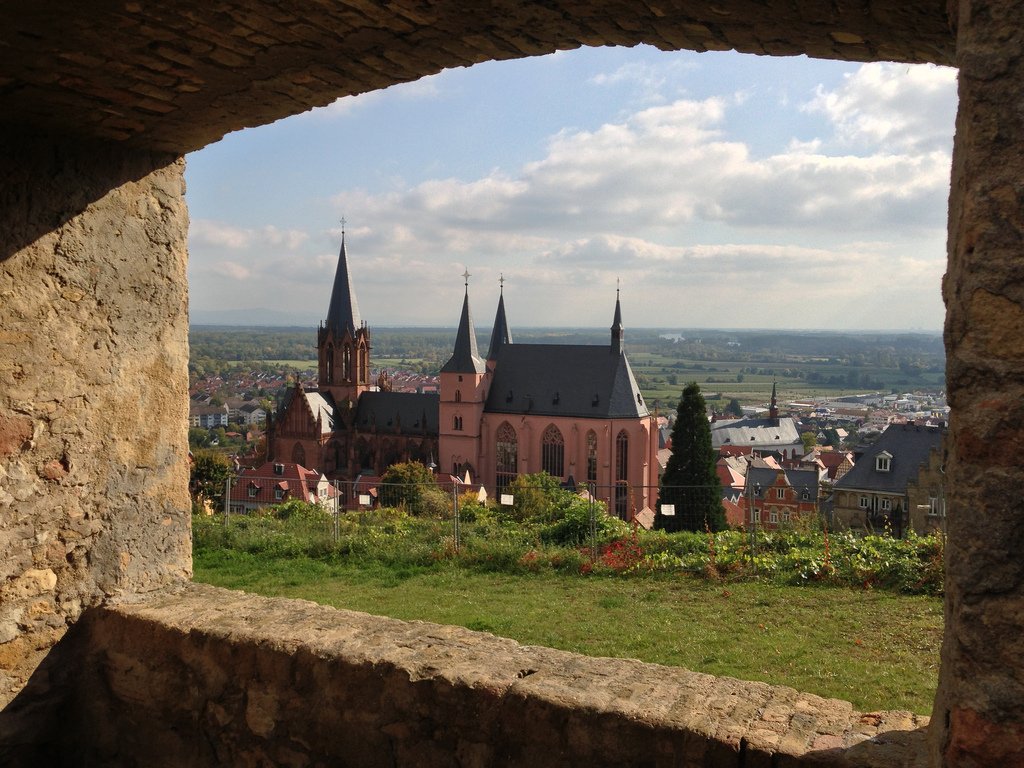
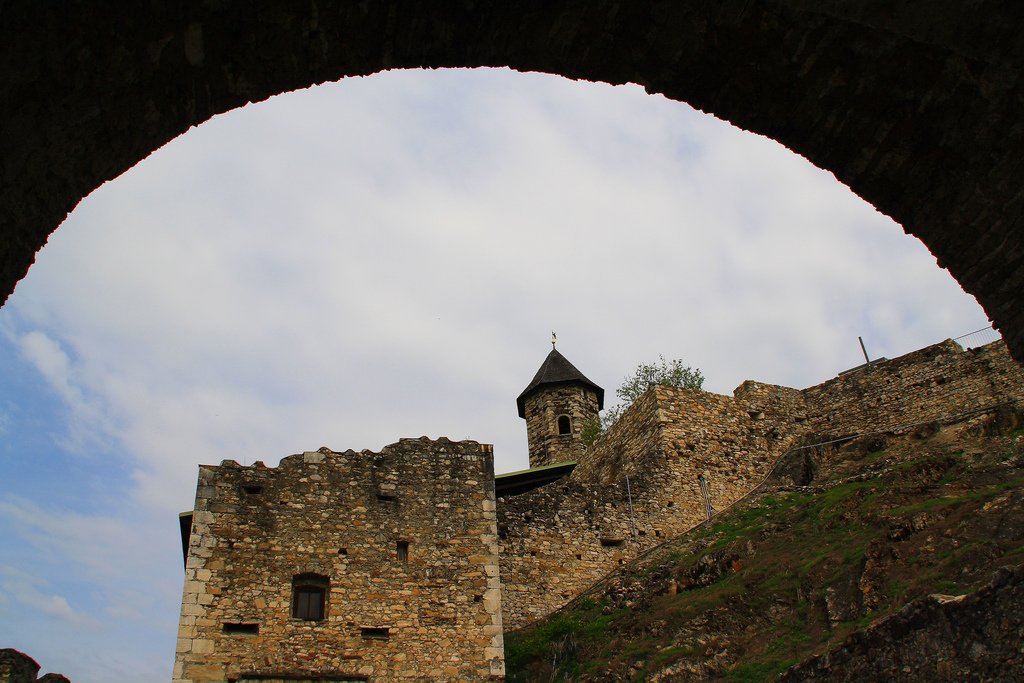
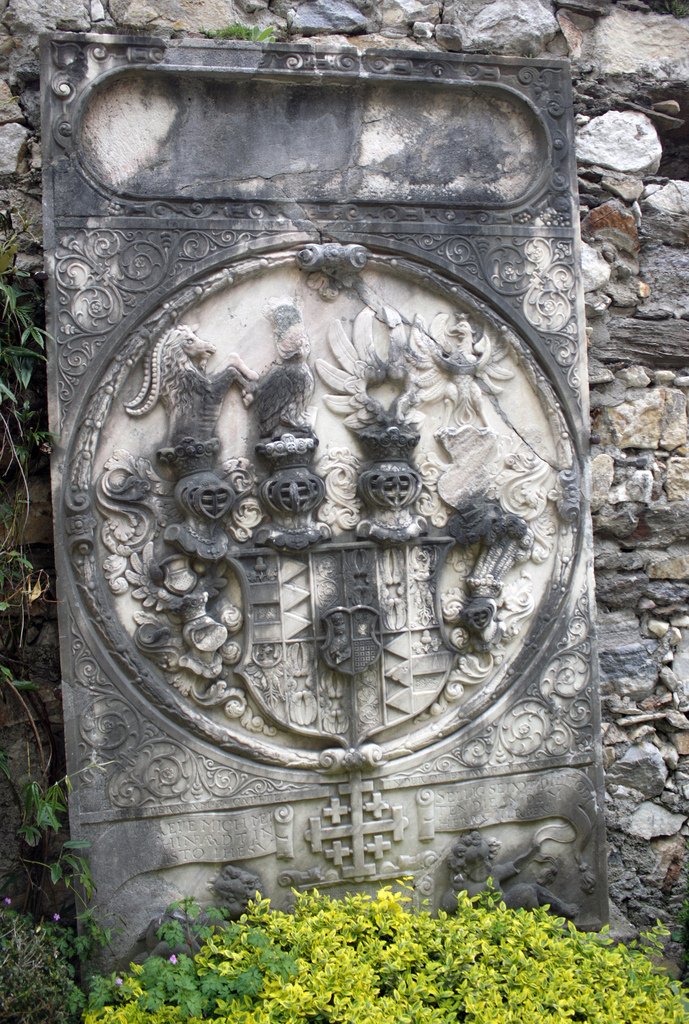
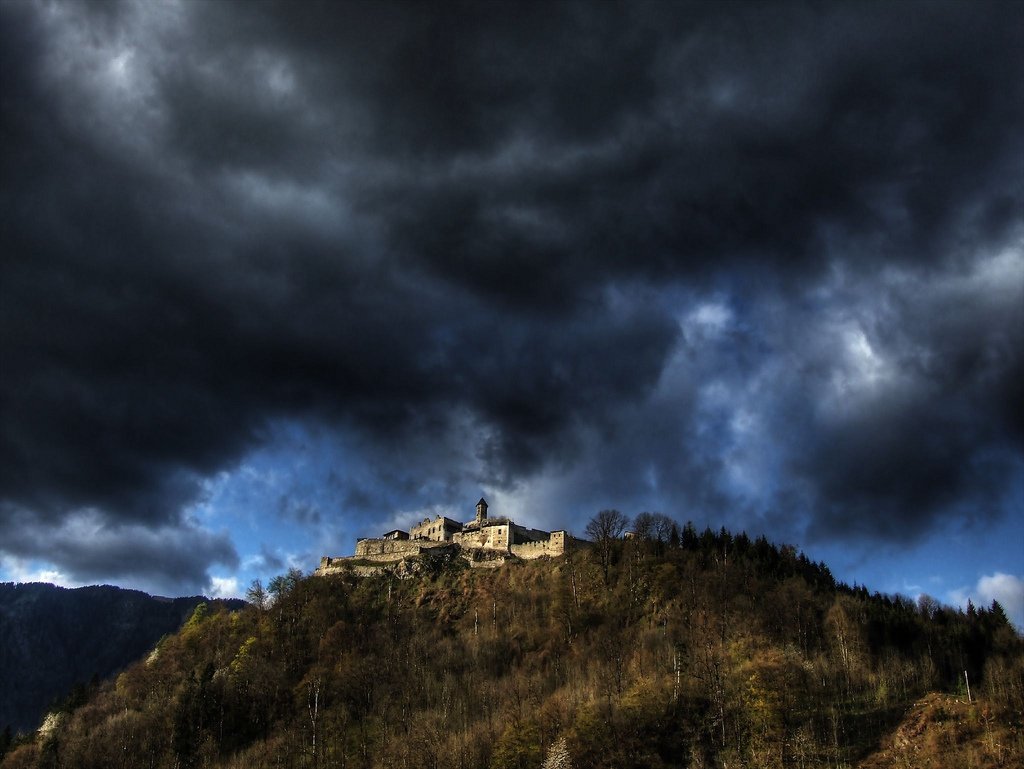
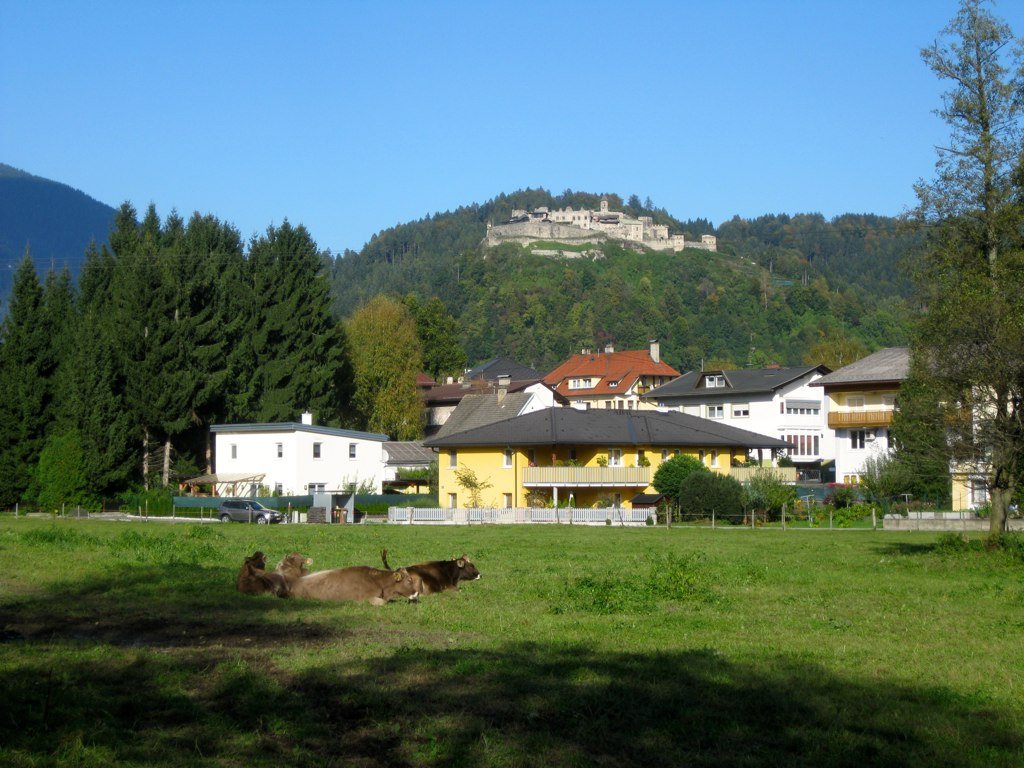
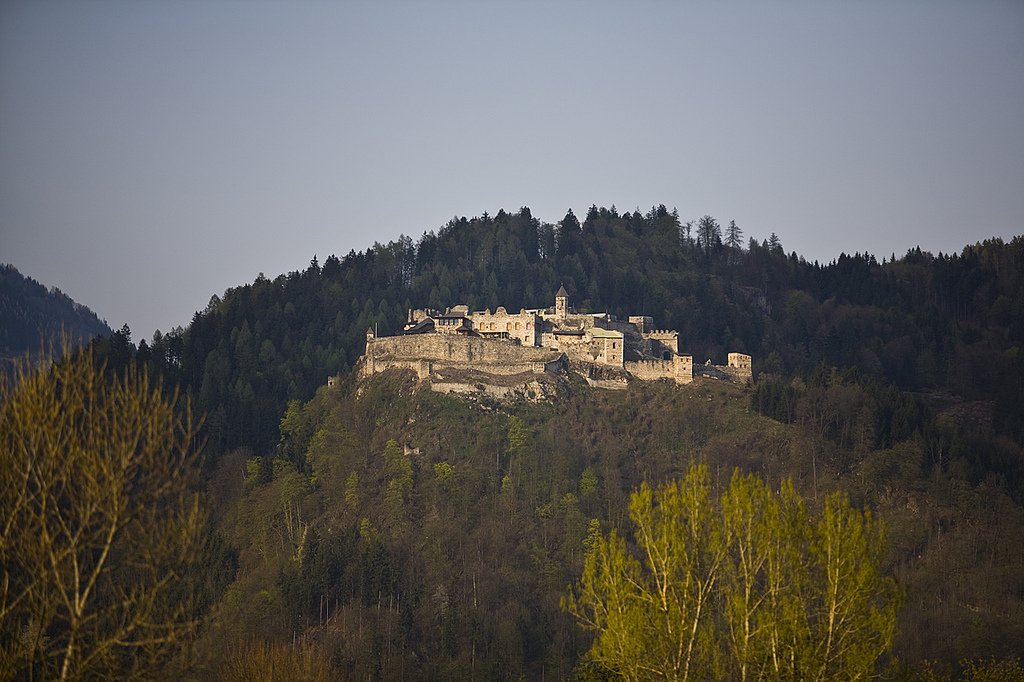
Video: Landskron Castle
History
The fortress on a rocky plateau above Lake Ossiachersee was founded in 1028, by the then owner of the settlement of Ossiach, Count Ozzi. A few decades later, the Ozzi estate was sold to another count’s family, the Sternbergs. The new owners completed the first castle and sold the estate again, to the Counts of Ortenburg, in 1330.
.
In historical documents from 1351, the current name of the castle – Landskron (Burg Landskron) – appears for the first time.
.Over the years, the castle changed owners and name. In the XIV century it was named Habsburger (at that time it belonged to one of the branches of a prominent dynasty). The Habsburgs mortgaged the castle. In 1511 Maximilian I granted the estate to the Order of St. George. During a thunderstorm in 1542, the castle was struck by lightning and almost completely burned down. The Knights of the Order did not find the means to rebuild it.
Christoph Kevenhüller-Aichberg bought the old castle. The Kevenhüllers restored the ruins, turning it into a family estate. By 1600 they had finally rebuilt the castle and returned it to its historic name, Landskron.
At the time, Landskron was a large Renaissance fortress. The four-story lord’s house was crowned by a tall tower. Watchtowers surrounded the entire castle grounds. There were seven of them and they were connected by a crenellated wall. In the courtyard of the castle, a 150-meter-long well was drilled into the rock.
.
In 1628-39 there was an expropriation of possessions from the Protestant nobles. As the Kevenhüllers were convinced Protestants, the castle was taken from them by the authorities. Johannes Köwenhüller fled Landskron and the estate was given to Count Dietrichstein.
.
The Landskron estate belonged to the Dietrichstein family for almost two centuries. In 1812 the castle was again damaged by a thunderstorm – the roof of the main building burned down. The owners abandoned it and did not rebuild it..
The new owner was the entrepreneur Hans Maresch. In 1953, he bought the ruins, partially reconstructed them, and opened a restaurant and café in them. Maresch’s nieces still work in this establishment today. Guests of Landskrona are served Carinthian cuisine prepared according to ancient recipes..Tourists
The castle has created the Adler Arena, an exhibition of birds of prey. In summer, a falconry show is held daily. The ticket price for the show is 10 euros for an adult, 5 euros for a child. The birds, who consider the castle their home, perform tricks under the guidance of trainers, fly free, and always return to Landskron.
.Address
Schloßbergweg 9523 St. Andrä
.